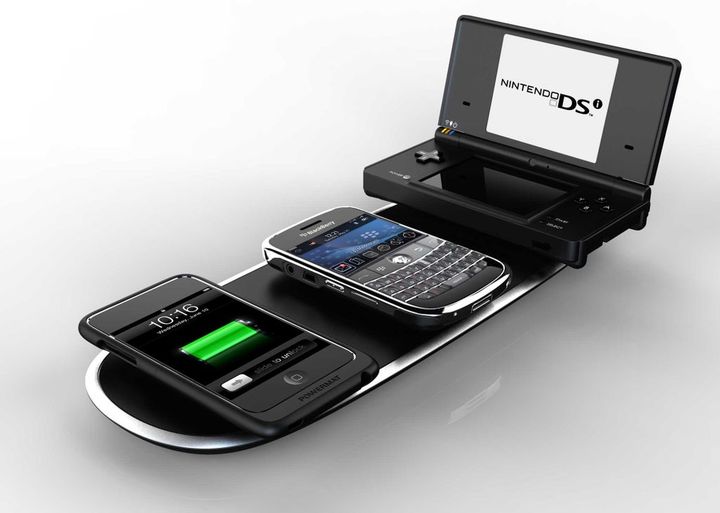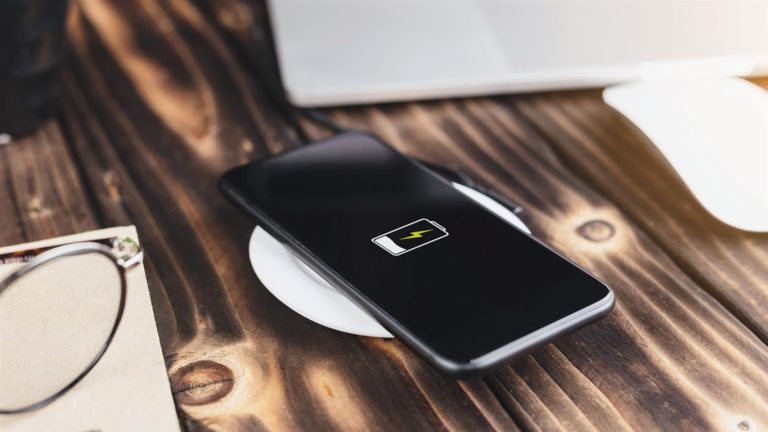Wireless charging has emerged as a revolutionary technology in recent years, promising the convenience of powering up our devices without the hassle of tangled cords and cables. From smartphones to electric vehicles, this technology has made its way into various aspects of our lives. But is wireless charging truly the future of power delivery, or does it come with its own set of drawbacks? In this article, we will delve into the pros and cons of wireless charging to help you make an informed decision about its potential as a future power source.
The Pros of Wireless Charging

- Convenience
One of the most significant advantages of wireless charging is its unparalleled convenience. Users can simply place their devices on a charging pad or dock, eliminating the need to fumble with cords or connectors. This ease of use has made wireless charging particularly popular in settings like coffee shops, airports, and homes, where people can quickly top up their devices without hassle.
Imagine sitting at a coffee shop, and your smartphone’s battery is running low. You can simply place it on the charging pad provided by the establishment, and within moments, your phone is charging, allowing you to stay connected without worrying about a dying battery.
- Reduced Wear and Tear
Traditional wired chargers involve repeatedly plugging and unplugging cables into your devices. Over time, this can lead to wear and tear on both the charging cable and the device’s charging port. Wireless charging eliminates this issue by providing a contactless method of charging. This can extend the lifespan of your devices and reduce the need for cable replacements.
Your laptop, which you use for work every day, has a USB-C charging port. With traditional charging, you might need to replace the charging cable and potentially the port after a year or two due to constant use. With wireless charging, this wear and tear are significantly reduced, saving you money and inconvenience.
- Versatility
Wireless charging is not limited to specific devices or brands. Many smartphones, tablets, smartwatches, and even some laptops are equipped with wireless charging capabilities. This versatility means that a single wireless charging pad can often power multiple devices, making it a cost-effective and adaptable solution.
A wireless charging pad on your bedside table can charge your smartphone, smartwatch, and wireless earbuds simultaneously. This eliminates the need for multiple charging cables and adapters cluttering your space.
The Cons of Wireless Charging

- Slower Charging Speeds
While wireless charging offers convenience, it often comes at the cost of slower charging speeds compared to traditional wired charging. This limitation is due to the energy transfer method, which relies on electromagnetic fields. Consequently, if you need a quick battery boost, wired charging may still be the preferred option.
When you’re in a rush and need your smartphone to charge as quickly as possible, plugging it into a high-power wall charger will provide faster results than placing it on a wireless charging pad.
- Compatibility Issues
Not all devices are equipped with wireless charging capabilities, and even when they are, there are multiple wireless charging standards such as Qi and PMA. This can lead to compatibility issues where your charging pad may not work with certain devices, causing frustration and inconvenience.
You recently upgraded your smartphone, only to discover that it uses a different wireless charging standard than your existing charging pad. Now, you must purchase a new charging pad or revert to using wired charging for your new device.
- Heat Generation
Wireless charging can generate heat, which can be detrimental to the longevity of your device’s battery. Prolonged exposure to heat during charging cycles can cause the battery to degrade faster, leading to reduced battery life over time.
If you constantly charge your smartphone wirelessly overnight, the heat generated during the charging process can lead to a gradual decrease in your battery’s overall capacity, requiring more frequent replacements.
Is Wireless Charging the Future?

In conclusion, wireless charging offers undeniable convenience and a clutter-free charging experience. It reduces wear and tear on devices and provides versatility across a range of gadgets. However, it also has limitations, including slower charging speeds, compatibility issues, and the potential for heat generation.

Whether wireless charging is the future depends on how these drawbacks are addressed and whether the technology continues to evolve. It may become the dominant method of charging for everyday devices, but it may coexist with traditional wired charging for more demanding power needs. Ultimately, the future of wireless charging will be shaped by technological advancements and user preferences. As of now, it’s a promising addition to our technological landscape but not without its caveats.

